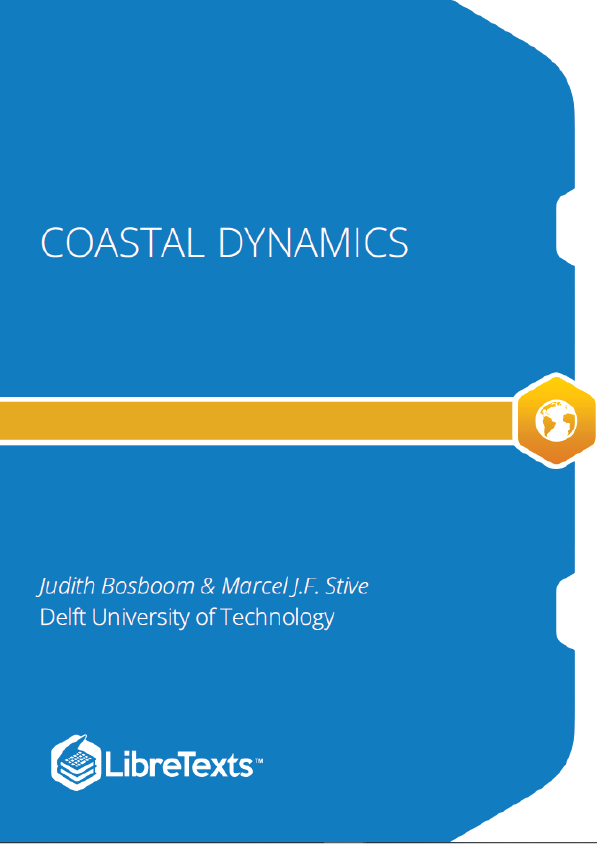Coastal Engineering is the branch of civil engineering concerned with the planning, design, construction and maintenance of works in the coastal zone. Coastal engineering usually involves either 1) the transport and stabilization of sand and other coastal sediments or 2) the construction of structures.
Measures in the first category are called ‘soft’ measures since they make use of natural (soft) coastal material. Examples are beach nourishments, maintenance dredging and land reclamation.
The second category of structures or ‘hard’ measures can be divided into various functional groups:
- Seawalls and revetments are built parallel or nearly parallel to the shoreline at the land-sea interface with the objective of preventing further shoreline recession. Seawalls are usually massive and rigid, while a revetment is an armoring of the beach face with rock armor or artificial units. Although often used, the efficacy of seawalls and revetments is debatable as we will discuss later on;
- Groynes are built perpendicular to the shore and usually extend out through the surf zone under normal wave and water level conditions. They help widen and protect a beach by trapping sand from the alongshore transport system (see Ch. 8) or by retaining artificially placed sand;
- Jettiesarestructuresbuiltattheentrancetoariverortidalbasintostabilisethe entrance as well as to protect vessels navigating the entrance channel;
- Breakwatersprimarilyprotectashorelineorharbouranchorageareafromwave attack. Breakwaters may be located completely offshore and oriented parallel to the shore (detached breakwaters), or they may be oblique and connected to the shore. Traditionally, detached breakwaters have been designed as emerged structures, but submerged breakwaters have now also become a popular option. The latter are not easily noticeable because of their low crests; Other structures such as submerged pipelines.
The purposes of these (‘soft’ and ‘hard’) works are diverse:
- Control of shoreline erosion;
- Defense against flooding caused by storms, tides;
- Development of coastal functions, for instance coastal recreation;
- Development of navigation channels and harbors.
Coastal engineering works are carried out in a highly dynamic and energetic environment. The various sources of coastal energy are:
- Marine forces (waves, tides, currents and other oceanographic phenomena);
- Terrestrial forces (river outflow);
- Atmospheric forces (coastal winds and climate).
These forces not only directly impact the planned ‘soft’ or ‘hard’ measures, but also permanently change the physical shape and structure of a coastal system. This shape of the coast is called morphology. Coastal morphology for a sandy stretch of coast thus is the topography of the sandy dunes and beach and the underwater topography of the seabed. When changes occur in the external forcing, the coastal morphology.











